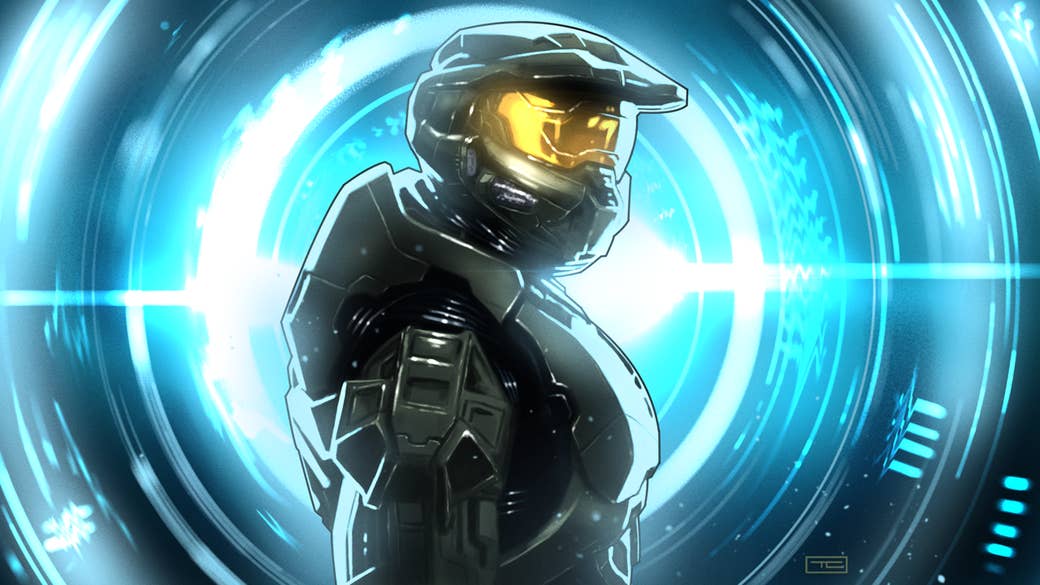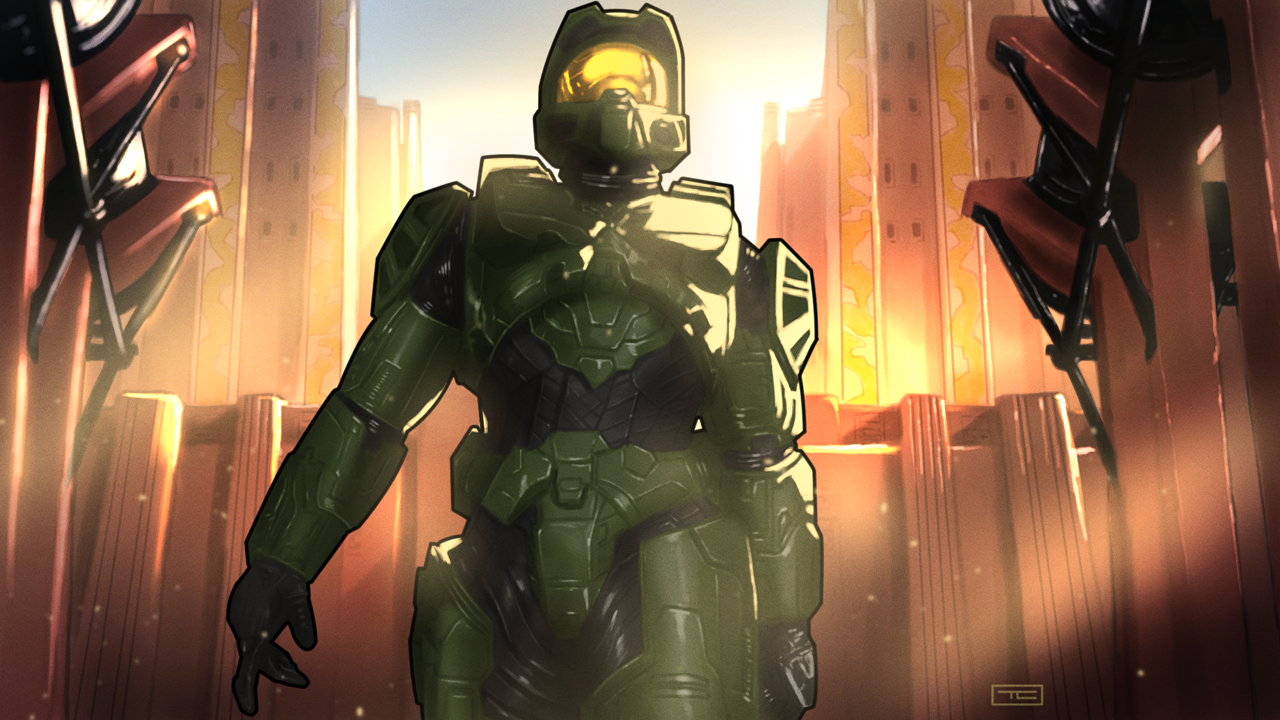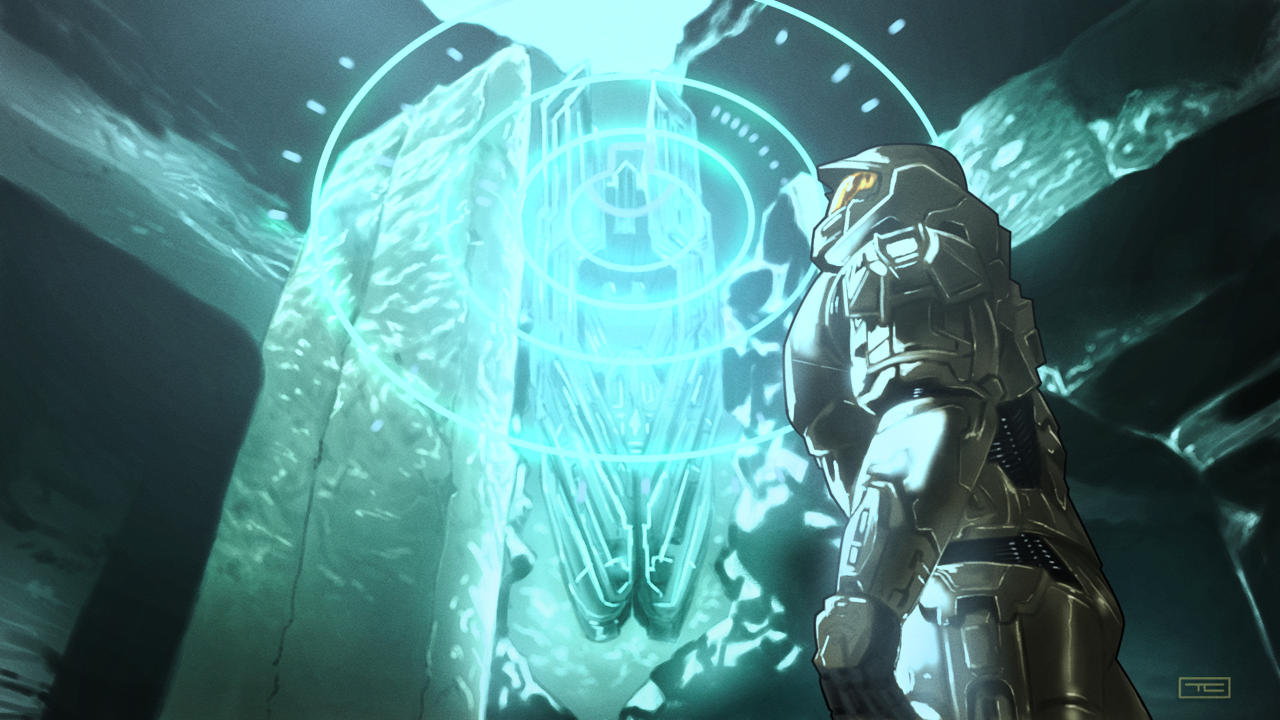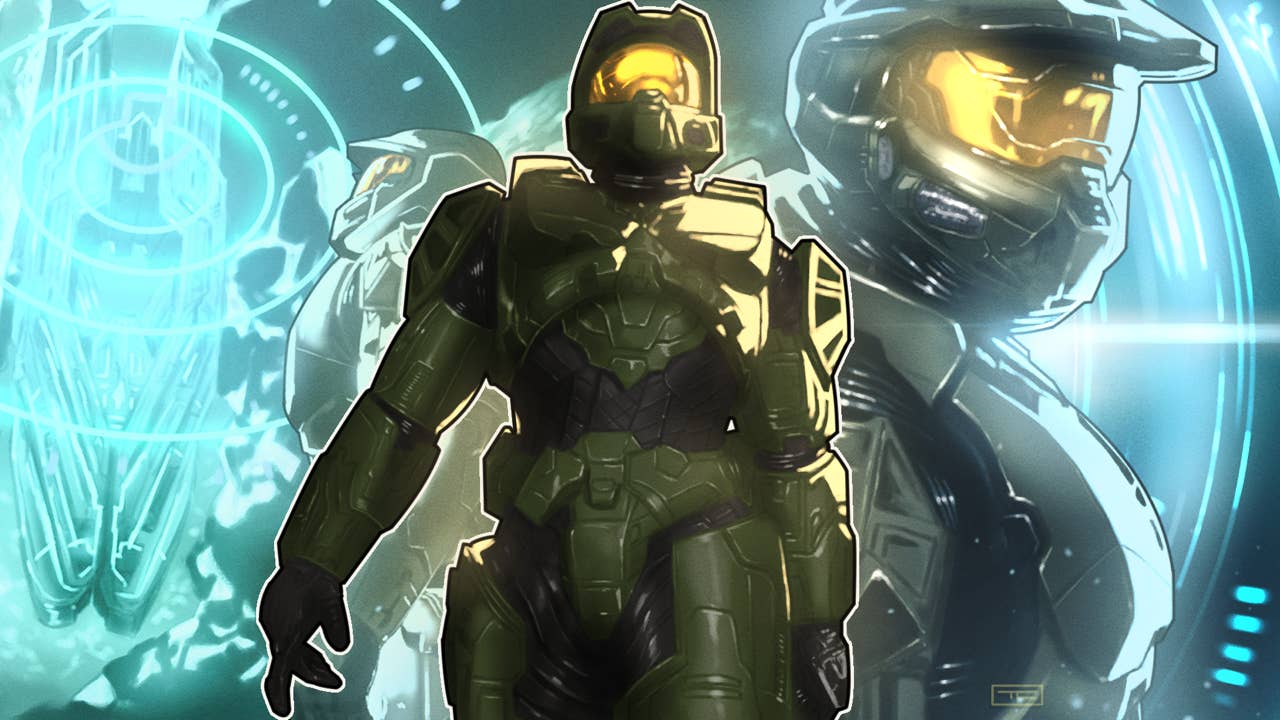
Taking video game plotlines and adapting them for television has had a shaky past. What kind of story should the series portray? Should it be an exact retelling of the source material? If so, why not just play the game itself?
For gamers and television fanatics, it’s important that a new experience is created that’s appropriate for the medium. This challenge is what Paramount+ has taken on with the critically acclaimed Halo series (streaming now on the platform). Taking the iconic Xbox franchise in a different direction has allowed those familiar with the Halo games to experience another side of the iconic Master Chief, a genetically modified super soldier who battles throughout the universe as humanity’s last hope against a colossal alien threat.
“To tell the best Halo stories we can, we want to protect the integrity, simplicity, and future of the core canon, but also not be limited by it when faced with the realities of a new medium and the process of production,” Kiki Wolfkill, studio head of Halo transmedia and entertainment at 343 Industries, said during a recent interview.
If the Halo series were canon to the main games, other factors would need to be considered to avoid any contradictions and repercussions from loyal fans of the games. By creating a Silver timeline specific to the Paramount+ series, Halo showrunners can create stories and scenarios that play to the strength of the medium, which are different from Xbox titles. Fans of Halo canon will see events and characters in different lights, while also following them on new adventures.
Within the Halo universe, gamers know of Master Chief’s leadership, skill, and in certain moments who he is at his core. In the series, viewers get to see a new side of the stoic character when Pablo Schreiber, who plays Master Chief, removes his helmet, and reveals his face in the premiere episode. This is in stark contrast to the video games where his face is never seen.
“For television, you really want to draw your viewer in,” Schreiber told Mashable. “You really want to bring them along for the ride and the best way to do that is to empathize with the main character by knowing how they feel about things over the course of time. The only way to do that is to have access to their face and see how they’re feeling.”

In the first episode, Master Chief and his Silver Team members drop into an insurrectionist camp to fight off alien warriors called Elites. It’s at this moment loyal fans see traces of the game. For instance, there are brief instances where the audience views the action through the helmet visors of some of the Silver Team members when they’ve taken too many hits from the Elites—mimicking the classic first-person shooter perspective.
The show also features the familiar shield depletion warning sound from the games, which, according to Halo Franchise Creative Director Frank O’Connor, adds more intensity to certain scenes. Some elements might potentially be adapted into future games as well. “There will be lots of interesting moments and ideas like that from the show that can make sense in future game content,” says O’Connor. “But again, it needs to be rational and appropriate. We won’t shoehorn things in to force that function.”
One aspect that isn’t forced in the Paramount+ series is the wardrobe. Schreiber’s version of Master Chief wears a Mark VI armor closely based on what the character wears in Halo and Infinite. Another familiar element from the games that shows up in the series is the fierce loyalty displayed between Master Chief and his squad. In Halo 5, for instance, the Blue Team supported Master Chief unconditionally, even as he went AWOL searching for his AI companion Cortana, who is voiced in both the game and Paramount+ series by Jen Taylor.

There are, however, some interesting differences. As the Halo series shows us the war from different viewpoints, we can appreciate the darker aspects of its lore. Notably, the actions of the United Nations Security Council (UNSC) take on a more sinister edge when seen from the eyes of Outer Colony citizens and freedom-fighting rebels. The stories of non-military personnel were not topics of interest in video games that set Spartans against the existential threat of the Covenant armada, but now 343 Industries can bring more nuanced stories, many taken directly from the novels, and bring them to life on screen.
“We get to do that, and also tell a story about a fairly dark period in the Halo universe and unblinkingly look at the ethics and morality, but with the advantage of perspective,” notes O’Connor. “We know why the SPARTAN-II program happened and also why it’s necessary, but the moral ambiguity of both events and characters is going to act as a prism for how we view things we thought we already knew.”
Halo is much more than just a video game franchise. There are two decades of rich history contained in it. Still, the core canon and the Silver timeline of the live-action series can coexist independently. Separating the two not only allows for each medium to reach its full potential, but also makes sure that the portrayal is genuine with what has already been established.
O’Connor explains, “Exploring the themes, characters, and events of the Halo universe with this new lens enabled us to ensure that neither the existing core canon nor the television show had to be constrained, distorted, or retconned, and instead opening greater possibilities and providing clarity of intent that would have otherwise led Halo fans to develop specific expectations about what would be ‘loyally’ adapted and what wouldn’t.”


